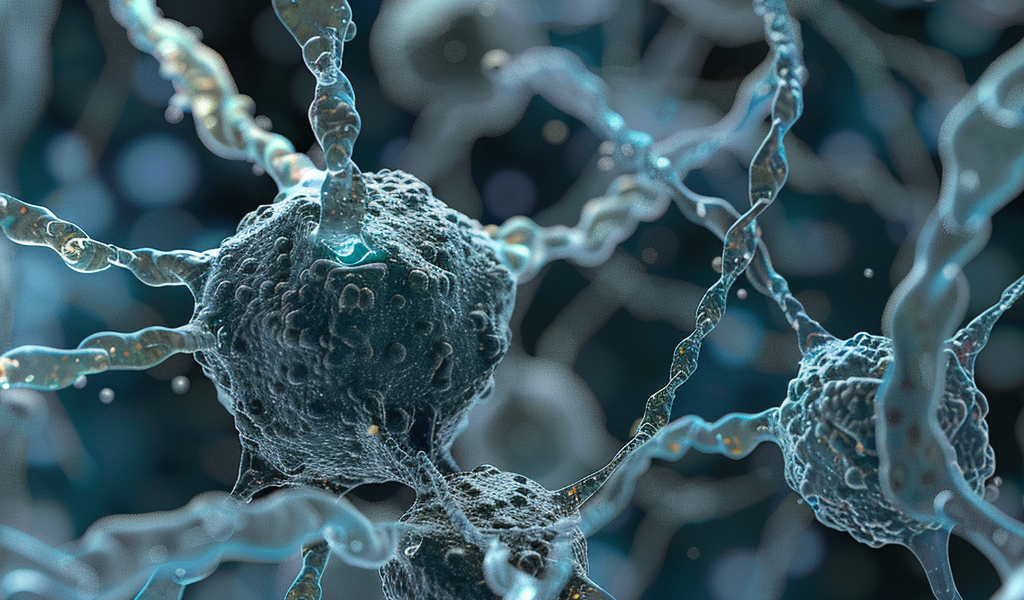Groundbreaking Discovery in Neuroscience: Vesicles Contain More Complete Instructions for Altering Cellular Function
Scientists at Sanford Burnham Prebys have made a groundbreaking discovery in the field of neuroscience. They have found that vesicles traveling between cells in the brain contain more complete instructions for altering cellular function than previously believed.
In a study published in Cell Reports, the research team, led by senior author Jerold Chun, M.D., Ph.D., revealed that the biological instructions within these vesicles, known as small extracellular vesicles (sEVs), differed significantly in postmortem brain samples donated from patients suffering from Alzheimer’s disease.
sEVs are tiny biological water balloons produced by most cells in the body to transport proteins, lipids, cellular byproducts, and RNA nucleic acid codes used by recipient cells to construct new proteins. The ability of this biologically active cargo to induce changes in other cells has sparked interest among scientists, particularly in the context of neurodegenerative diseases like Alzheimer’s.
The study’s findings challenge previous research, which suggested that the messenger RNA (mRNA) in sEVs was fragmented and unable to provide recipient cells with complete instructions for protein production. However, the research team identified over 10,000 full-length mRNAs using a newer DNA sequencing technique called PacBio long-read sequencing.
The team isolated sEVs from the prefrontal cortex of postmortem brain samples donated by Alzheimer’s patients and those without known neurological diseases. They found that nearly 80% of the identified mRNAs were full-length, indicating their potential to be transcribed by recipient cells into viable proteins.
This discovery has significant implications for understanding the mechanisms underlying neurodegenerative diseases and could pave the way for new therapeutic approaches. The study sheds light on the role of sEVs in the transmission of biological instructions within the brain and their potential contribution to the accumulation of unwanted proteins associated with conditions like Alzheimer’s disease.
These findings open up new avenues for research and may ultimately lead to the development of novel treatments targeting the intercellular communication processes involved in neurodegenerative diseases.





